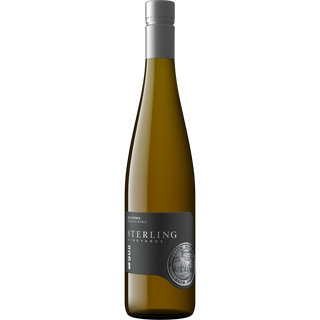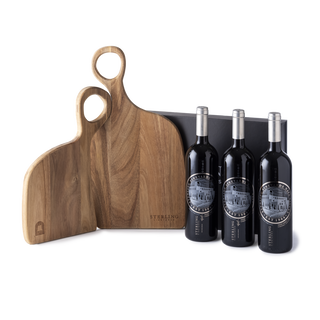Diving into Rosé Season
3 Things You May Not Know About Your Favorite Summer Wine
.png)
With National Rosé Day on June 10, we thought we’d share some facts you might not know about this summer favorite. Our Rosé of Syrah is delicious all year round but especially refreshing as the weather warms up and gatherings go al fresco. So, grab your glass and get ready to enjoy rosé season!
#1 Rosé can be made from almost any grape varietal
While most rosé wines are made from grenache, syrah, or pinot noir grapes, almost any red grape can be used to make rosé. To control the intensity of color and flavor, winemakers play with how much skin contact occurs during fermentation. Less skin contact results in a wine that’s lighter in color and flavor, while more create a deeper red color and more intense flavors.
#2 Rosé ages well
While rosé is typically associated with immediate enjoyment, it can actually age beautifully. Well-made rosé from high-quality vineyards will develop interesting tertiary characteristics after a few years in the cellar. However, when it comes to Sterling’s Rosé, we are all about embracing the present moment and opening the bottle.
#3 Rosé can be made in two very different ways
There are two main ways to produce rosé —maceration and saignée. Maceration involves allowing the grape juice to sit on the skins for a short period, extracting color and flavor. Saignée, on the other hand, is a byproduct of red wine production. It involves "bleeding off" some of the juice from the fermenting red grapes, which is then fermented separately to create rosé.






